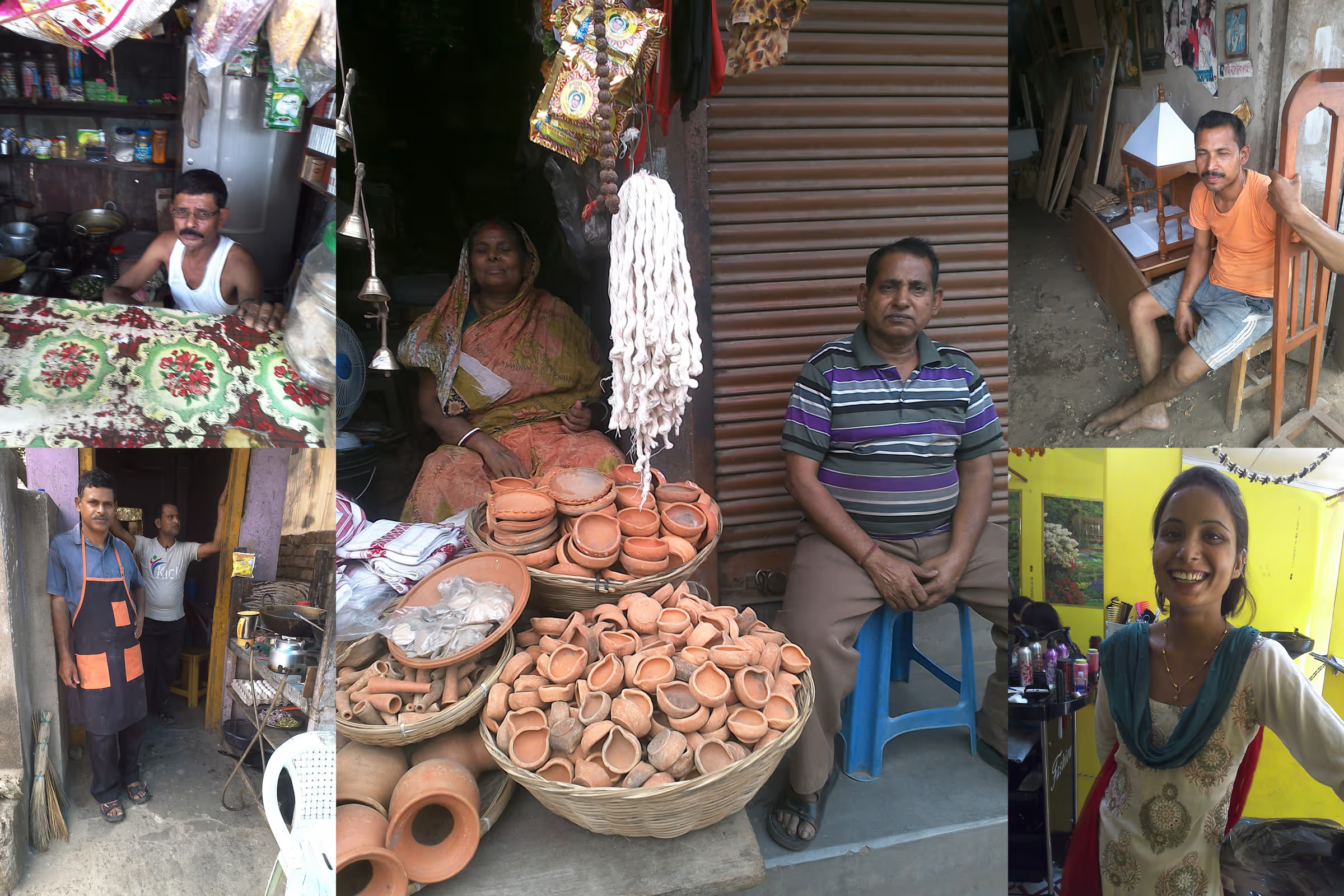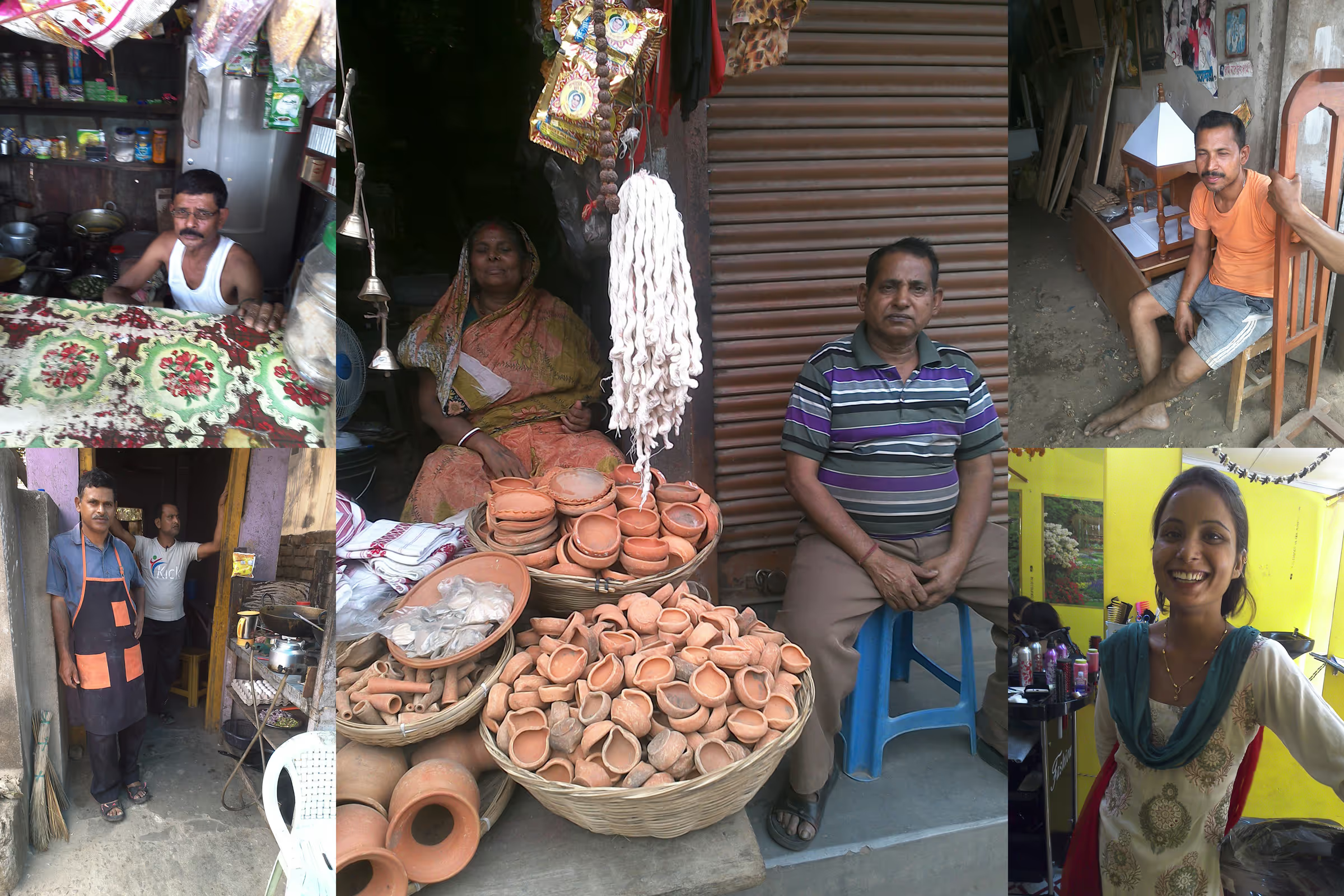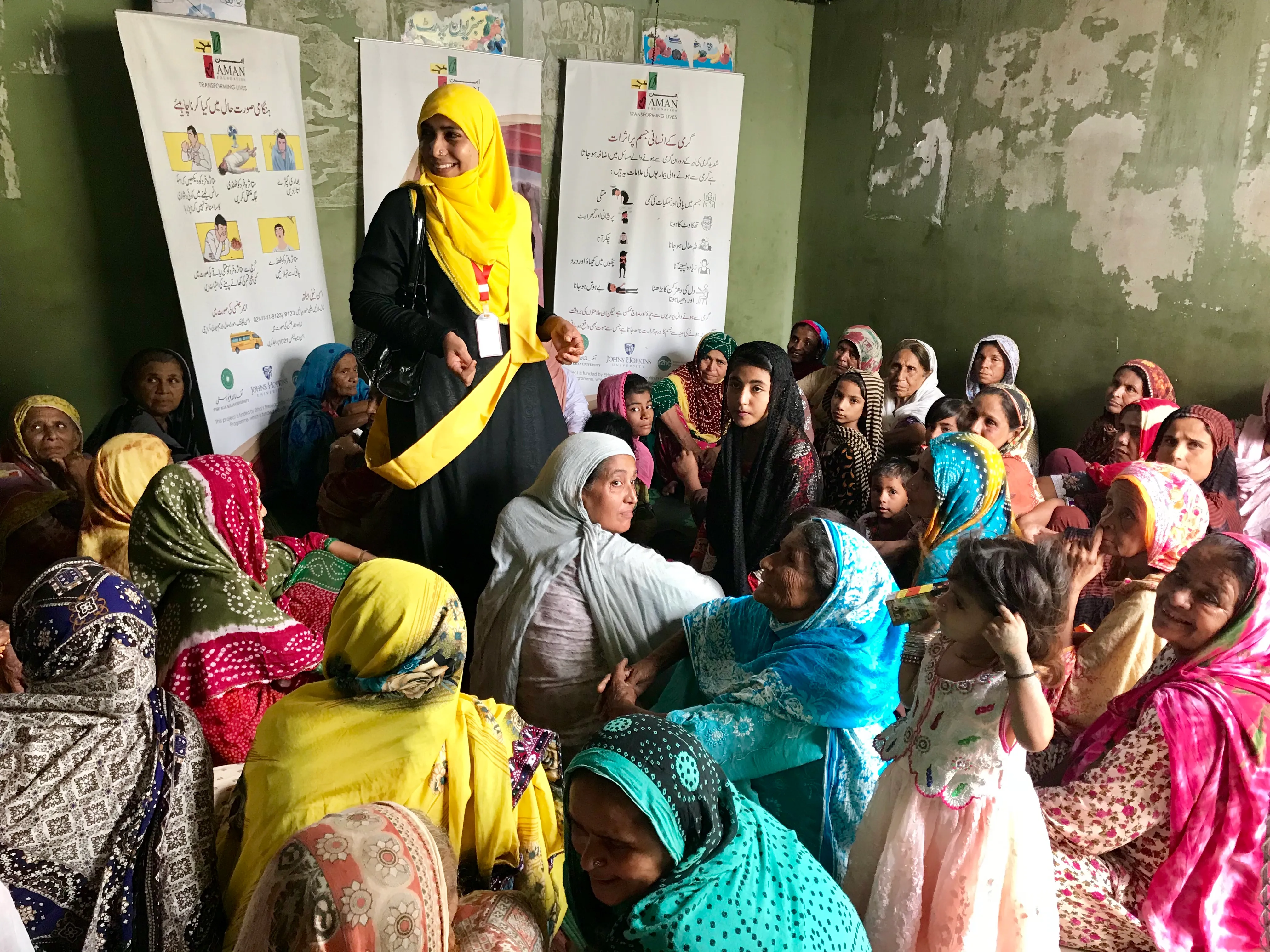Turning Challenges into Opportunities: Insurance for Informal Sector

Challenges are often accompanied by alternative opportunities that need exploration. This blog showcases the process oriented exploration of various alternatives which ultimately led to successful completion of a crucial objective in a pilot research project. Stanford University and AIDMI with support from HIF are experimenting with ways to enhance risk transfer options through insurance to small and informal businesses in urban areas as a way to improve local market recovery, sustain livelihoods and build resilience.
Designing an affordable and useful disaster insurance product and extending the product to eligible small businesses is aligned with the SFDRR priority two “Investing in Disaster Risk Reduction for Resilience.” Though a product was developed after a number of formal and informal consultations with insurance companies, the insurance companies raised several points regarding the challenges to operationalizing an insurance product for small businesses. These included the high frequency and scale of flooding; the characteristics of informal businesses (mobile businesses, the lack of legal documents, proof of inventory, etc.), and misperceptions from insurance providers about the client group.
As the course of negotiations proceeded various alternatives were explored such as one company offering to cover all risks except floods which was not acceptable considering the need and demand. After repeated consultations and exploration of possible alternatives, a private insurer agreed to offer a full product to small business with Pucca (Bricks-Cement) structures. The project team initiated internal technical reviews and consultations to judge the relevance, validity and possible effectiveness of the proposal in the context of the project. Finally it was decided to proceed, since primary testing of this product may offer different perspectives and evidence which can be very useful in relation to the research hypothesis, despite not covering more transient structures. This insurance product for Guwahati city in the state of Assam covers multiple scenarios, including flood, earthquake, fire, storm, landslides and other disasters, and a personal accident coverage for the business owner. The product has been extended to 106 clients whose business structures comply with the requirements of the product design. The premium amount was finalized at INR 656 for each client. The insurance product is a combination of components that include burglary and robbery, personal accident, and covers inventory, furniture and equipment. The total coverage is INR 300000.

The project team explored an alternative solution to the challenge and geared up for rolling out the product with extensive interpersonal consultations with the selected clients and supplementing the consultations with disaster risk reduction education. This project comes at an opportune time as India has just evolved its first ever National Disaster Management Plan, which encourages risk transfer approaches while involving and acknowledging the contribution of non-government actors.
This development in the north-eastern part of India has tremendous potential for generating evidence for the effectiveness of such a mechanism in making vulnerable communities resilient. The client small business has been made familiar with the insurance company procedures.
The project team is consolidating the knowledge and outputs of the project. The team is also finalizing a plan with project partners so that efforts can be continued, focusing on two aspects– promoting and strengthening risk transfer through disaster insurance with small businesses, and testing the effectiveness and impact of the insurance product when a disaster strikes.
Stay updated
Sign up for our newsletter to receive regular updates on resources, news, and insights like this. Don’t miss out on important information that can help you stay informed and engaged.
Related articles



Explore Elrha
Learn more about our mission, the organisations we support, and the resources we provide to drive research and innovation in humanitarian response.